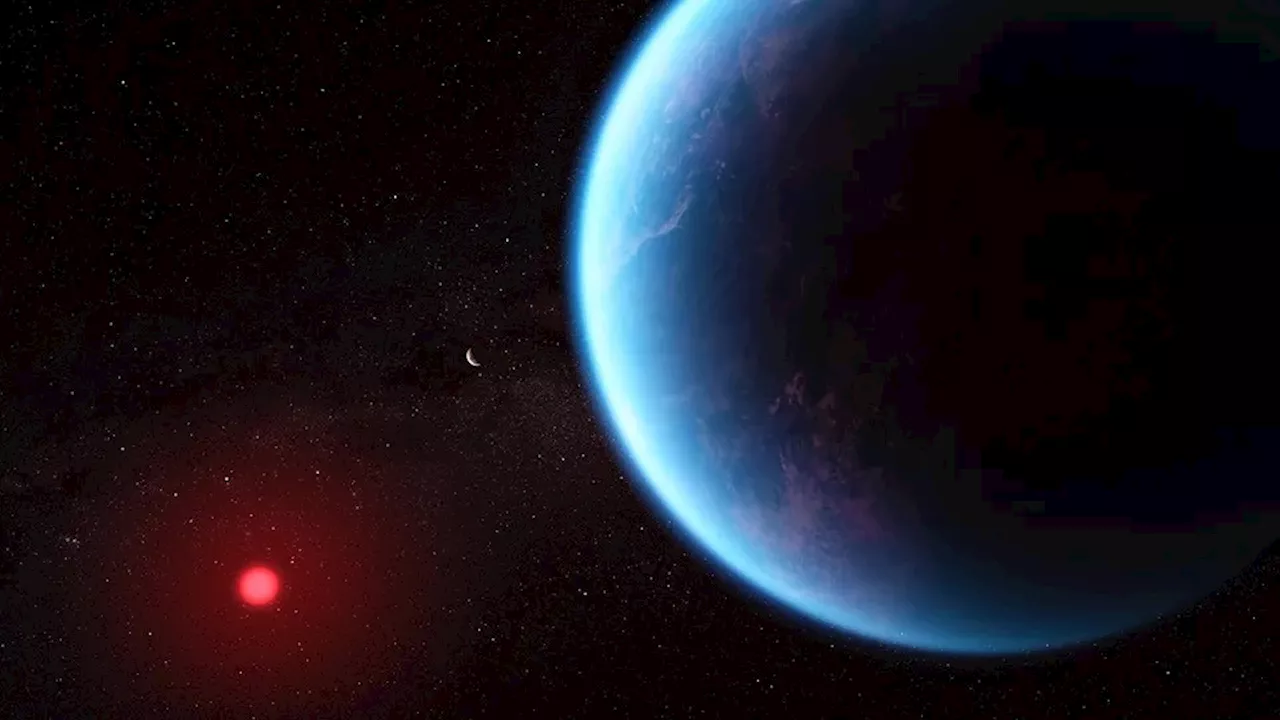Scientists are increasingly hopeful that the James Webb Space Telescope (JWST) may detect evidence of extraterrestrial life as soon as this year. The article explores the possibility, referencing the Fermi Paradox, the potential for life on exoplanets like K2-18b, and JWST's capabilities.
James Webb recently peered at an alien world that could harbor life. Scientists are starting to ponder the impact of such a seismic discovery.Chris Young’s Beyond Earth column explores the intersection of space technology and policy, providing thought-provoking commentary on the latest advancements and regulatory developments in the sector.The main reason for this can be explained by the Fermi paradox, which posits that we should have already discovered evidence of life elsewhere in space.
If only 0.1 percent of those planets contained intelligent life, that would mean there are a million alien civilizations in the Milky Way.to the Fermi Paradox, there is a good chance that intelligent aliens exist – we just haven’t found them yet. Simple microbial life is even more likely to exist. However, a paper last year questioned these results. Though it didn’t refute the findings outright, it suggested more work is needed toof DMS on K2-18b. In April last year, James Webb did train its instruments on K2-18b once again. For months, scientists have been poring over the data, which could provide compelling evidence that life exists on the planet.
What are the chances that James Webb’s data confirms the existence of alien life? Even the scientists who disputed the discovery of DMS on K2-18b urged more observation time. They didn’t rule out the existence of DMS on the planet, they merely stated that we need stronger evidence., “The signal strongly overlaps with methane, and we think that picking out DMS from methane is beyond this instrument’s capability.
That’s not to say scientists haven’t seriously considered the question. In 2022, a team from Cornell University publishedThe paper delves into the “realpolitik” of a scenario in which global governments react to the discovery of alien life. They suggest that, if there were any way to communicate, global governments might try to gain a communication and information monopoly with alien intelligence. This, in turn, would lead to international conflict.
ALIEN LIFE FERMI PARADOX JAMES WEBB SPACE TELESCOPE EXOPLANETS ATMOSPHERIC ANALYSIS
United States Latest News, United States Headlines
Similar News:You can also read news stories similar to this one that we have collected from other news sources.
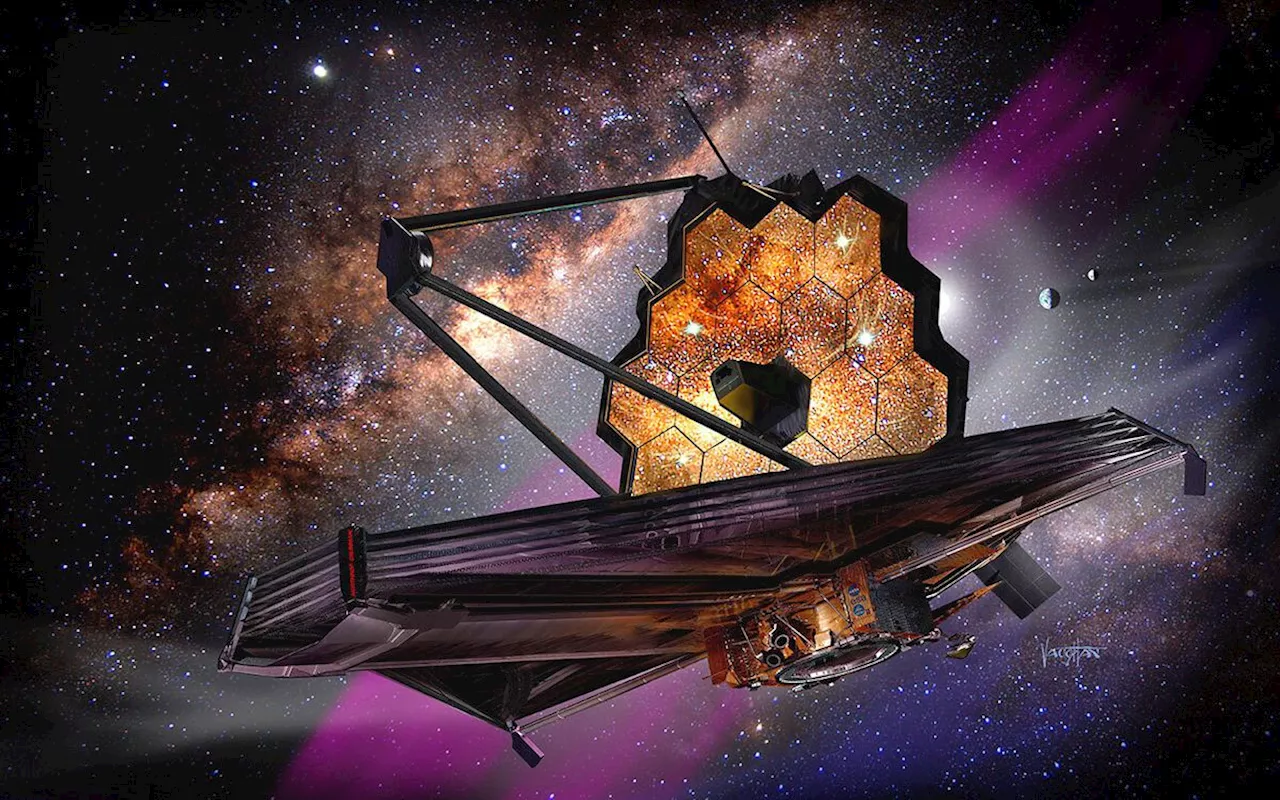 James Webb Space Telescope quiz: How well do you know the world's most powerful telescope?Ian is a freelance science and technology writer, and formerly the Tech and Entertainment Editor at Live Science & Space.com. With a degree in biology, a PhD in chemistry, and his previous role at Institute of Physics Publishing, Ian is taking a world tour through the different scientific disciplines.
James Webb Space Telescope quiz: How well do you know the world's most powerful telescope?Ian is a freelance science and technology writer, and formerly the Tech and Entertainment Editor at Live Science & Space.com. With a degree in biology, a PhD in chemistry, and his previous role at Institute of Physics Publishing, Ian is taking a world tour through the different scientific disciplines.
Read more »
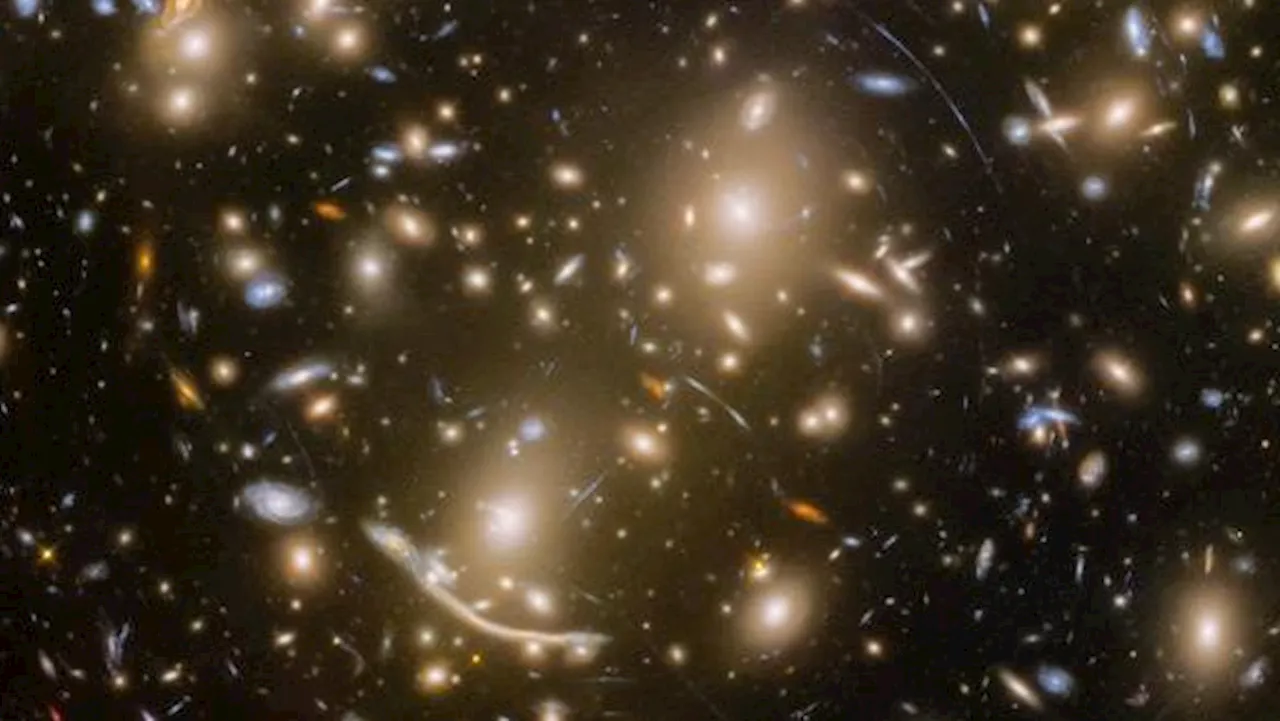 James Webb Space Telescope spots record-breaking collection of stars in far-flung galaxySharmila Kuthunur is a Seattle-based science journalist covering astronomy, astrophysics and space exploration. Follow her on X skuthunur.
James Webb Space Telescope spots record-breaking collection of stars in far-flung galaxySharmila Kuthunur is a Seattle-based science journalist covering astronomy, astrophysics and space exploration. Follow her on X skuthunur.
Read more »
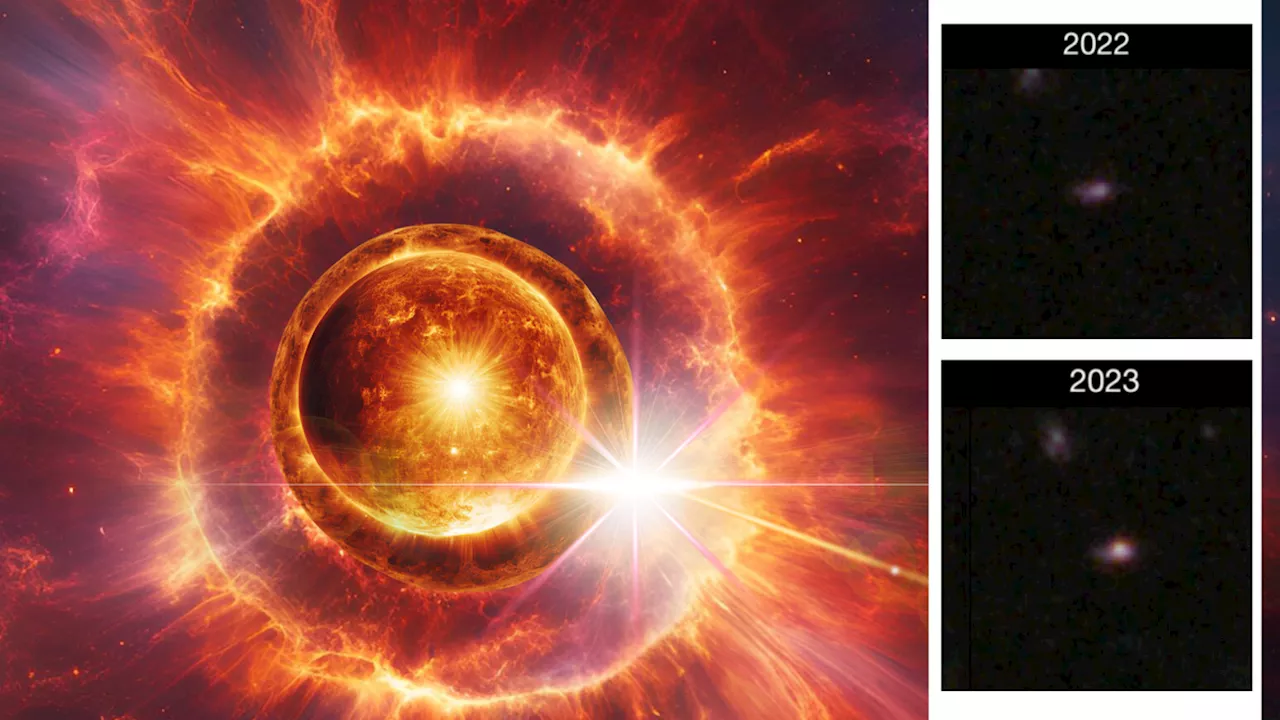 James Webb Space Telescope discovers one of the earliest 'truly gargantuan' supernovas ever seenRobert Lea is a science journalist in the U.K. whose articles have been published in Physics World, New Scientist, Astronomy Magazine, All About Space, Newsweek and ZME Science. He also writes about science communication for Elsevier and the European Journal of Physics. Rob holds a bachelor of science degree in physics and astronomy from the U.K.
James Webb Space Telescope discovers one of the earliest 'truly gargantuan' supernovas ever seenRobert Lea is a science journalist in the U.K. whose articles have been published in Physics World, New Scientist, Astronomy Magazine, All About Space, Newsweek and ZME Science. He also writes about science communication for Elsevier and the European Journal of Physics. Rob holds a bachelor of science degree in physics and astronomy from the U.K.
Read more »
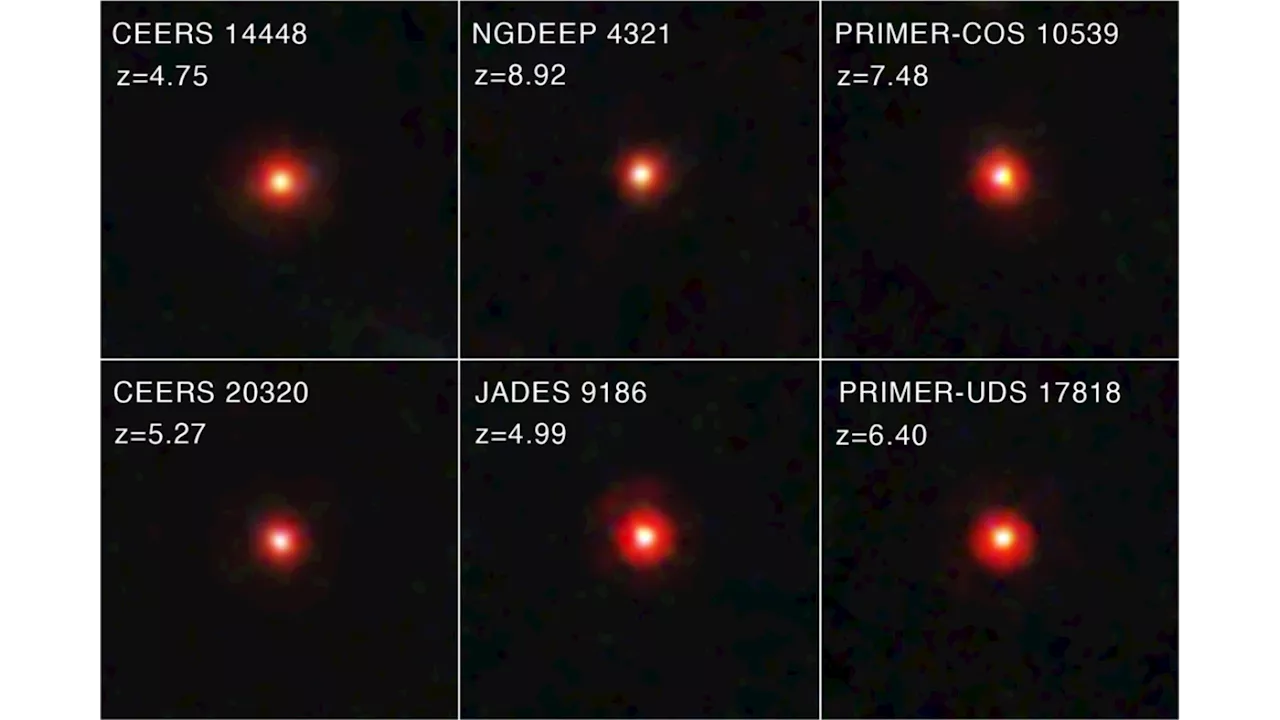 James Webb Telescope Reveals 'Little Red Dots' - Clues to Early Galaxy FormationAstronomers studying data from the James Webb Space Telescope have identified hundreds of intriguing objects called 'little red dots.' These compact, reddish objects appear in the early universe and exhibit unusual light signatures. Analysis suggests they may be the building blocks of galaxies and black holes, offering insights into early universe evolution.
James Webb Telescope Reveals 'Little Red Dots' - Clues to Early Galaxy FormationAstronomers studying data from the James Webb Space Telescope have identified hundreds of intriguing objects called 'little red dots.' These compact, reddish objects appear in the early universe and exhibit unusual light signatures. Analysis suggests they may be the building blocks of galaxies and black holes, offering insights into early universe evolution.
Read more »
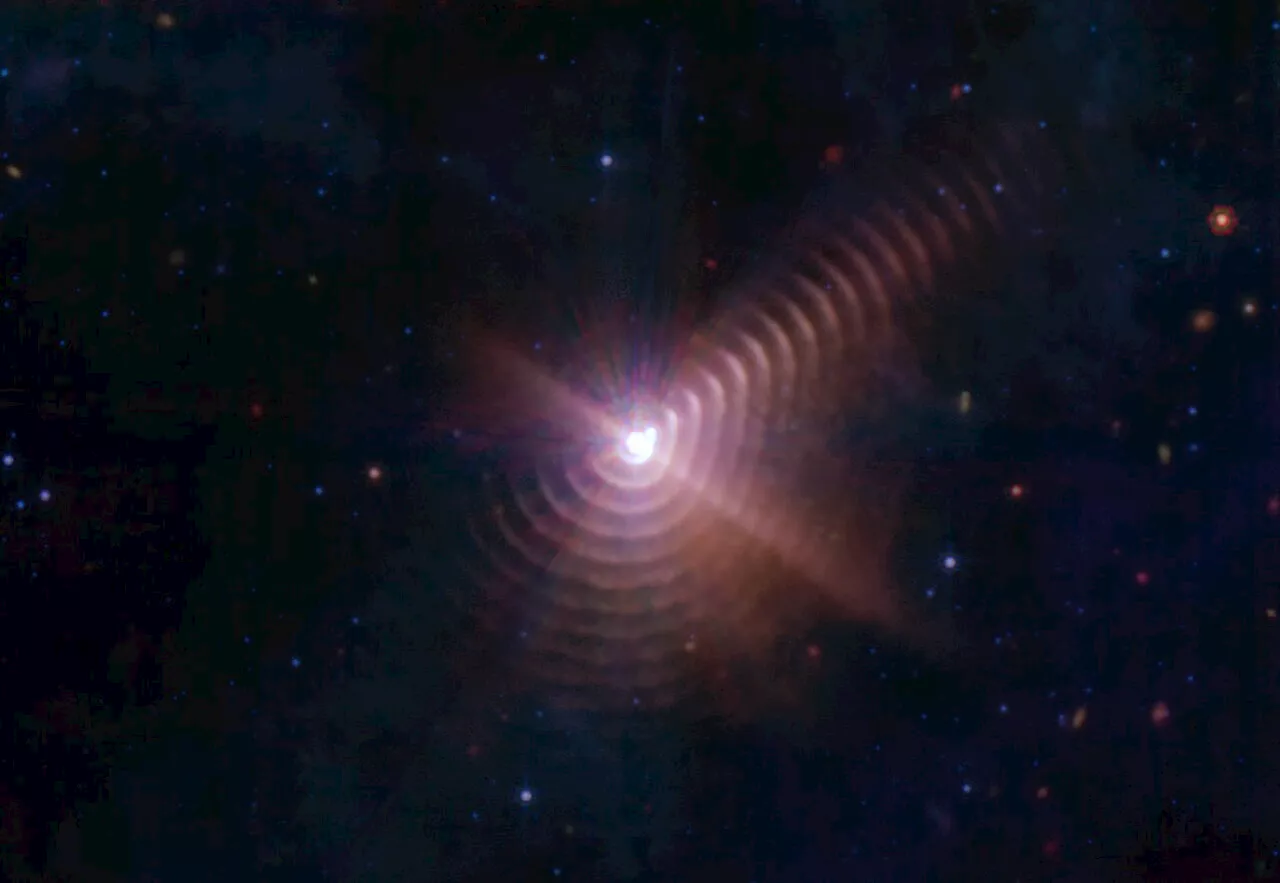 James Webb Telescope Captures Rapid Expansion of Dust Rings Around Wolf-Rayet BinaryThe James Webb Space Telescope (JWST) has captured stunning images of the binary star system Wolf-Rayet 140, revealing the rapid expansion of concentric rings of carbon-rich dust. This unique system, with its predictable dust formation every 7.93 years, allows astronomers to observe changes in the dust shells on a timescale of just a few years. This groundbreaking observation sheds light on the processes of dust formation and the role of Wolf-Rayet stars in enriching the interstellar medium.
James Webb Telescope Captures Rapid Expansion of Dust Rings Around Wolf-Rayet BinaryThe James Webb Space Telescope (JWST) has captured stunning images of the binary star system Wolf-Rayet 140, revealing the rapid expansion of concentric rings of carbon-rich dust. This unique system, with its predictable dust formation every 7.93 years, allows astronomers to observe changes in the dust shells on a timescale of just a few years. This groundbreaking observation sheds light on the processes of dust formation and the role of Wolf-Rayet stars in enriching the interstellar medium.
Read more »
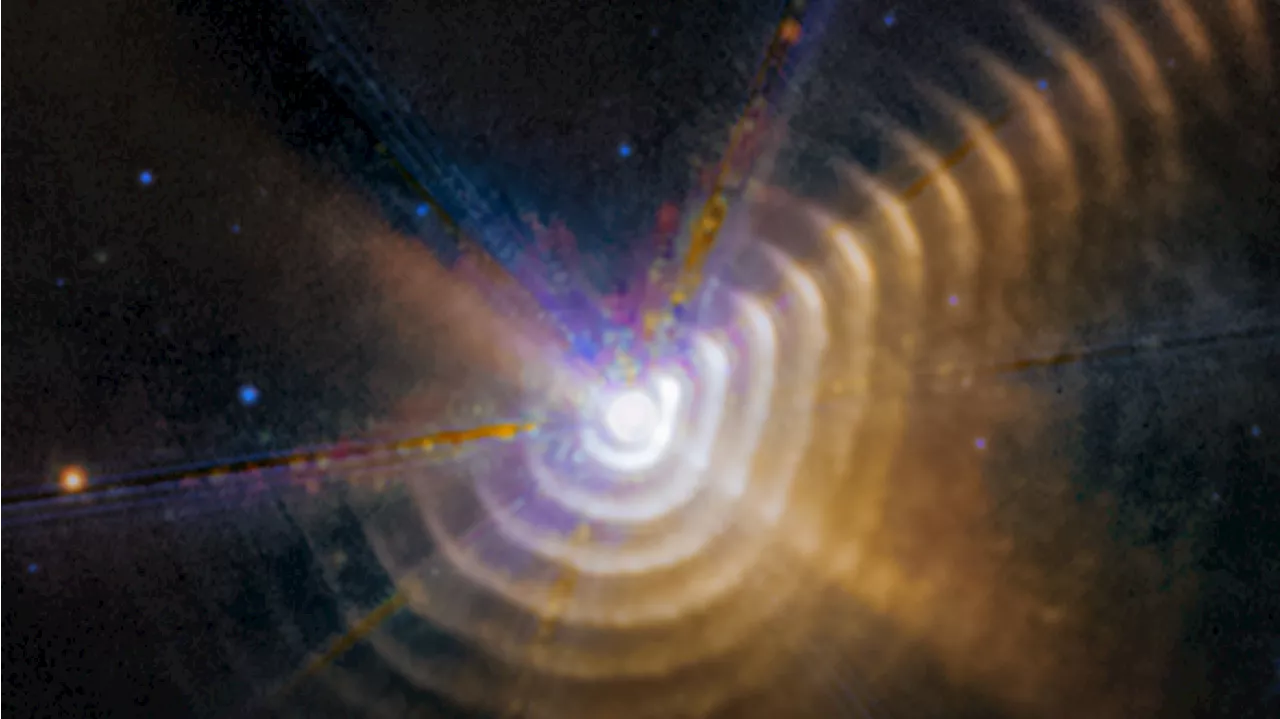 James Webb Space Telescope watches planet-forming dust shells zooming through spaceKeith Cooper is a freelance science journalist and editor in the United Kingdom, and has a degree in physics and astrophysics from the University of Manchester.
James Webb Space Telescope watches planet-forming dust shells zooming through spaceKeith Cooper is a freelance science journalist and editor in the United Kingdom, and has a degree in physics and astrophysics from the University of Manchester.
Read more »
